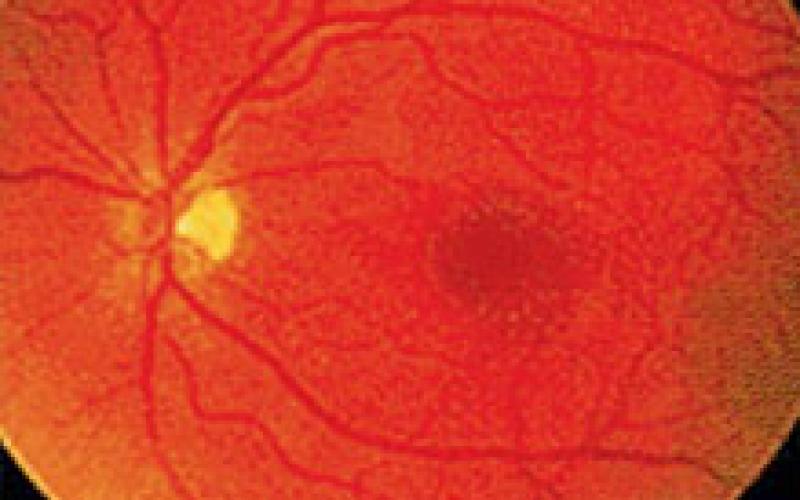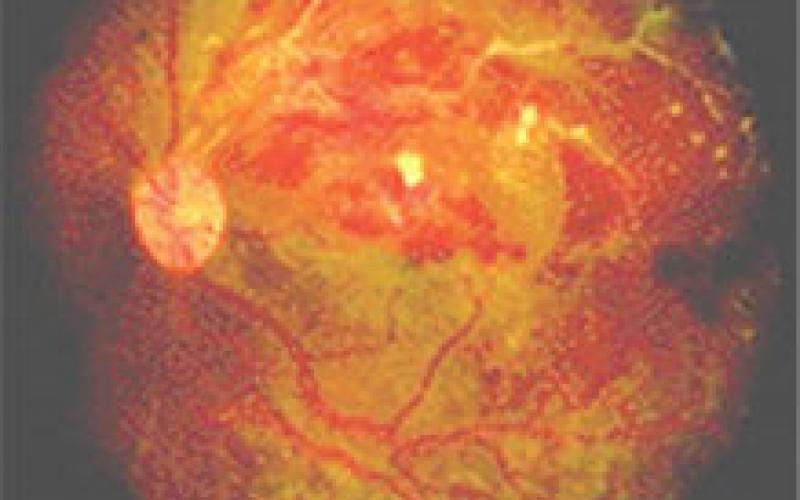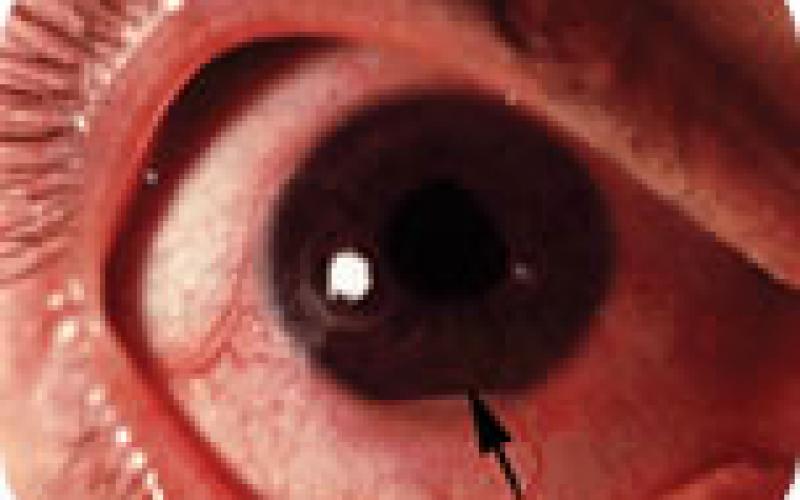Uveitis
Late diagnosis of uveitis may result in blindness...
WHAT IS UVEITIS?
Uveitis is an inflammation of the uveal layer of the eye. It may the iris (the colored part of the eye), the ciliary body, the choroid (the vascular layer of the eye) and the retina (the mesh layer-the visual layer). As it is a disease involving the inner part of the eye, it may cause loss of vision. Vision can be preserved with correct diagnosis and early treatment.
WHO HAS THE DISEASE?
The cause of uveitis cannot be found in 30-40% of the patients.
The diseases that can cause uveitis are as follows:
- Behçet's disease
- Infections (bacteria, viruses, parasites or fungi) can spread to the eye from other areas; tuberculosis, (syphilis), herpes, toxoplasmosis, etc.)
- Eye trauma
- Autoimmune reaction (immune system diseases), rheumatic diseases, ulcerative colitis
WHAT ARE THE SYMPTOMS?
- Eye pain
- Blurred vision
- Glare, sensitivity to light
- Red eye
- Lacrimation
- Stains on the visual field
In some cases, uveitis can be detected only on examination without any symptoms!

Normal Eye Ground

Eye Ground with Uveitis
WHAT ARE THE DIAGNOSIS AND EXAMINATION METHODS?
- The patient sees a doctor by noticing the symptoms.
- Examination of the patient by an ophthalmologist who deals with uveitis in particular.
- Examination of diseases that may be related to uveitis (blood tests, radiological examination, internal medicine examination, etc.) is required.
If treatment is urgently initiated, vision can be preserved or regained.
HOW TO TREAT?
- If there is a causing disease, it is the treatment of this disease.
- Sunglasses will help.
- Activity is generally not restricted. However, if the vision is reduced due to the drops that is used for disease or treatment and enlarge the pupil, it is undesirable to drive a car and do things that require attention.
- There is no special diet. (However only if cortisone is administered for treatment, salt-free diet is applied.)
- Eye drops, cortisone tablets and needles.
- Drugs altering the functioning of the immune system.
- Some improvement may also be seen with the treatment of the disease causing infection or UVEIT.
- Frequent and good monitoring of patients is very important since some important findings may occur during the follow-up. This is important for changes to be made in term of diagnosis and treatment.
In some cases, uveitis can be detected only on examination without any symptoms!
WHAT IS THE SUCCESS OF THE TREATMENT?
- Early diagnosis,
- Proper treatment,
- Frequent and good monitoring,
- Vision can be recovered with perfect patient-physician compliance!
BEHCET'S DISEASE
Behçet's disease is a disease mostly seen in our country, Japan, the Mediterranean countries and the Silk Road region, which mainly occurs with uveitis in the eye and ulcers (aphtha) in the skin (genital area) and in the mouth. It was defined by Prof. Dr. Hulusi Behçet in 1937 and is the only disease named after a Turkish scientist in the world. The incidence in our country is 8-30 / 10,000 (1 / 300,000 in the USA). Inflammation of the eye, one of the most important organ involvement, is detected in half of the patients. It occurs in the form of blood and blurred vision in the eye. While eye disease is more frequent and more severe in men and young people, it is less frequent and lighter in women and old persons. Symptoms in the eye can be of various forms.
Hypopion, one of the first identified symptoms of the disease, is indicated by the arrow in the picture below. Only 10-20% of patients with eye involvement have a severe course causing blindness. In men, it holds the eye layer more often and causes more vision loss. Today, blindness can be prevented up to 80% in Behçet's disease with the use of drugs that change the functioning of the immune system.

Dr. Hulusi Behçet

Hypopion

